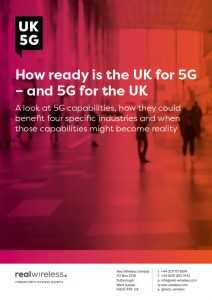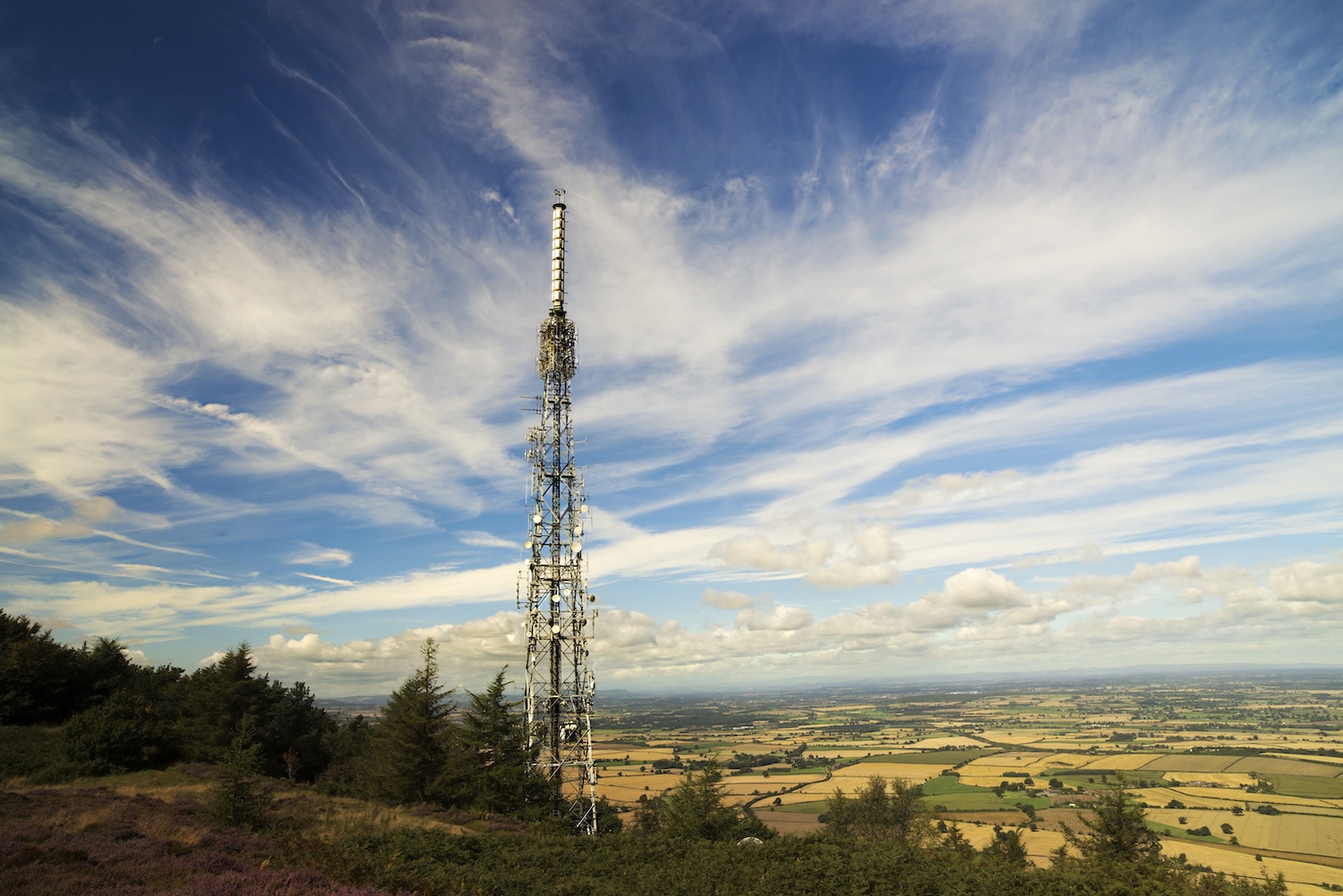Coldplay’s Music of the Spheres tour has just set a new record at Wembley Stadium – the most shows by a single act during one tour. I (CCO John Okas) was there the previous time Coldplay played Wembley in August 2022, and again this summer! As always, Coldplay don’t just play a gig, they deliver a shared spectacle where the audience is part of the show – a truly immersive experience.
And the secret behind that? Wireless connectivity.
From One Wristband to Two
Back in 2022, each fan at Wembley received a single LED wristband. This year, everyone had two. That means around 90,000 people × 2 = 180,000 IoT endpoints being synchronised in real time, lighting up to the beat of the music.
Technically, this is an impressive but relatively straightforward wireless deployment. The wristbands are grouped into clusters that can be triggered with different light patterns, giving the sweeping waves, bursts of colour, and synchronised pulses that have become Coldplay’s signature.
The real magic, however, comes when the crowd itself becomes a canvas. How do you “paint” hearts or shapes across a stadium when the wristbands are handed out at random? The answer isn’t software-defined grouping, but infrared projection: IR beams are shone into the crowd in the desired shapes, and only the wristbands that detect the IR light switch to the right colour. It’s a wonderfully elegant use of wireless and optical technology to create a communal piece of art.
Stadium Wireless Then and Now
But lighting up wristbands is only one of many wireless requirements in and around the stadium environment. When we wrote about stadium connectivity back in 2022, the focus was on Wi-Fi 6, early 5G rollouts, and the shift toward digital ticketing and in-seat services. Three years on, the wireless landscape has moved further:
- Wi-Fi 6E/7 and mmWave 5G are bringing faster uplink throughput for user-generated content – although in the UK mmWave spectrum has yet to be released to MNOs, with the Ofcom run auction taking place this month.
- Private 5G networks are becoming mainstream for broadcast crews, security, and operations. Considerations are also emerging of using private 5G for fans as well.
- Edge computing allows real-time control of IoT devices, whether cameras, sensors or 180,000 glowing wristbands.
- Fan engagement apps are now smarter, blending AR, wayfinding and live data aiming to make match-day or gig-day seamless.
What hasn’t changed is the expectation: fans want instant, reliable, and immersive digital experiences, whether they’re uploading TikToks, ordering a drink or holding up a glowing wrist in time to Fix You.
The Future of Stadium Connectivity
Looking ahead, stadiums will need to deliver:
- Seamless blending of Wi-Fi 7 and 5G, so fans don’t even think about how they’re connected.
- Support for massive IoT at scale whether it’s 180,000 wristbands, connected signage biometric entry systems and safety systems.
- Personalised fan journeys, where apps and wearables deliver offers, navigation and immersive content. Noting that fan engagement needs to start as they approach the stadium and not just once they are inside.
- Digital twins and AI-driven operations to anticipate crowd flows, optimise energy use and enhance safety.
In short, the network is no longer the back-office enabler. It is the fan experience.
A deeper dive:
| Component | What it could look like in the coming years |
| Network backbone | Fibre everywhere, redundant paths, wiring built for high-bandwidth, low latency. Wi-Fi 7 everywhere indoors and in some outdoor concourse zones. Multiple 5G bands (C-band, mmWave, ), private 5G network for operations/broadcast/media / IoT. Seamless handover between Wi-Fi / 5G / private network. |
| Connectivity for fans | Reliable, low latency, high throughput in every seat/concourse. Private 5G could emerge as a connectivity option – based on both technical and commercial considerations – delivering new capabilities for venue owners to monetise. Reliable, fast upload speeds – even with the venue at capacity. Fans can stream, share video, make use of AR overlay content and view multiple camera angles. App integration with venue information, dynamic wayfinding, wait time displays, ordering from seat with fast delivery. |
| Operations/security | IoT everywhere: sensors for occupancy, environmental conditions, structural monitoring, safety and general building management uses. AI-driven crowd management. Biometric entry & payment systems engineered with strong privacy. Digital twin to anticipate issues. Digital signage dynamically adjusted. |
| Content/media | Broadcast infrastructure integrated: wireless cameras streaming over a private 5G network deployed in and around the stadium. Support for immersive experiences: VR zones, AR features. Maybe remote or hybrid attendance options. |
| Fan engagement & commerce | Personalised content & offers via app / wearable. Gamified interactions. Merch/food delivered via robotics or possibly drones in very large venues – although this could be challenging due to safety considerations, but I’m aware there have been some trials in the US. Incentives or loyalty are integrated across experiences. |
| Sustainability & resilience | Energy-efficient network equipment, renewable-powered systems, efficient cooling/heating, and water usage monitored. Backups for power & network. Planning for extreme weather. |
| Regulatory / privacy/standards | Clear opt-in for biometric systems, strong data governance. Use of open APIs for different systems (ticketing, concession, wayfinding). Possibly standardised frameworks for venue connectivity so fans are assured of high quality connectivity. |
For me, one of the key questions for live music (and theatre) is how the format will evolve – we’ve seen the emergence of an entirely recorded performance designed to deliver a completely new experience – ABBA Voyage. We’ve been (twice!) and it is stunning – but the economics are different – very high costs up front to record the material and set up a purpose built venue – but then the costs per showing are relatively low. Furthermore, it is possible that people could purchase a ‘film’ and watch/sing/dance in their large screen, surround sound home experience.
Personally, being one of 90,000 people at Wembley is part of the experience and the bands that involve the audience and get them singing along is what makes it special and memorable. The wristbands add to that – so I’m looking forward to more innovation and I’m sure wireless will remain a large part of innovation in the stadium tours of the future!
Building environments for fans
At Real Wireless, our Built Environments team has overseen wireless network performance at some of the world’s most demanding venues, including Wembley, Wimbledon and Tottenham. From football finals to record-breaking concerts, we understand how to design systems that can cope with extreme density and complexity and still deliver moments of magic for fans. We are closely involved in evolving technologies, architectures and services to ensure that the fan experience just gets better and better.
Get in touch to find out how we can support your venue ambitions.




















